9. Jasminum (2006)
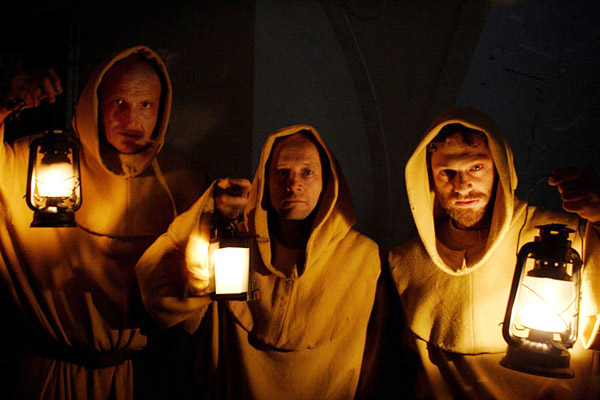
Watching “Jasminum”, the first question that comes into one’s mind is “why the screen can’t transfer the smell?” Indeed, this film is mostly about the smell and the role of this often underappreciated sense in everyday life.
Five-year old Eugenia, who is the narrator here, arrives with her mum, a conservator, to a bizarre convent where every monk has their own unique smell. The presence of the girl and her mother brings unexpected changes to the life of the monks, which have remained unchanged for hundreds of years.
Told in a style of magical realism, this film is an optimistic and hopeful story about small miracles, and the perspective of a little girl makes it charming and endearingly sincere. “Jasminum” also brings great acting to the screen, especially by the reputable Janusz Gajos as one of the monks, and the little girl’s best friend in the convent.
10. Time to Die (2007)
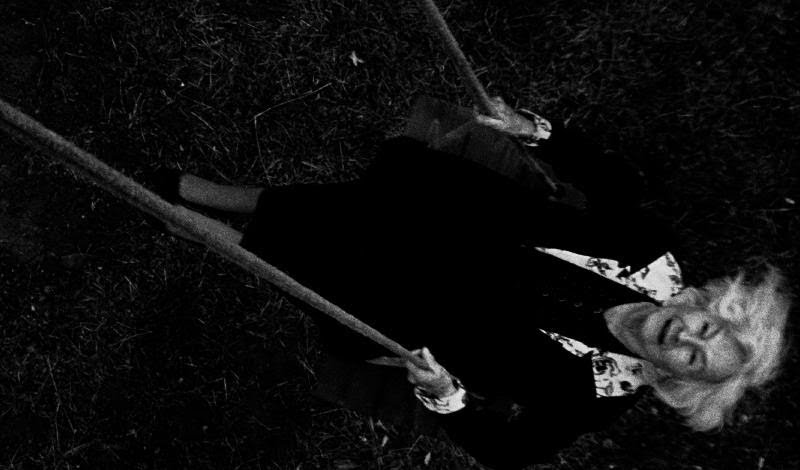
Aniela (Danuta Szaflarska) is an old but still very energetic and clever woman, with a sense of humor about life. She spends most of her time very lonely, having conversations with her dog and being interrupted from time to time by her insensitive son and rude granddaughter.
At the same being intimate, humble, and very moving, it is a wonderful film that deals with aging. It is told from the perspective of a woman who is silently expected by her family to pass away soon, and yet she has still her own dreams, wishes, and hopes. Worth noticing is the breathtaking performance from Szaflarska, who at 92, played the role of her lifetime; as well as the beautiful and elegant black and white cinematography.
11. Four Nights with Anna (2008)
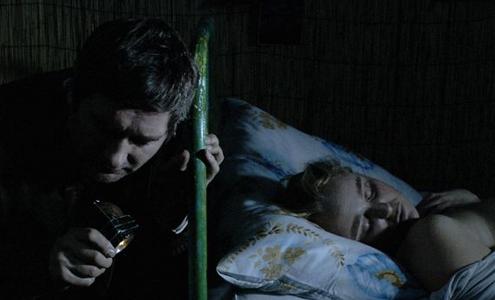
Awarded in Cannes and Berlin, Jerzy Skolimowski directs his films quite rarely – “Four Nights with Anna” was his first film since 1991. Fortunately, he didn’t forget his profession.
The plot is simple and intimate. A middle-aged man and crematory worker with a mental disorder breaks into the house of Anna many nights (a brilliantly acted and almost unspoken role by Kinga Preis), a nurse with whom he is obsessively in love. He doesn’t want to hurt her; he just wants to spend some time with her, knowing there is no other way to fulfill his love.
Although this film can terrify some with its depressing atmosphere, it’s a really solid, minimalistic piece of art; the type that achieves success at film festivals, but seldom reaches mainstream audiences. The focus on details and on the small but very authentic emotions is definitely a highlight of this picture.
12. Reverse (2009)
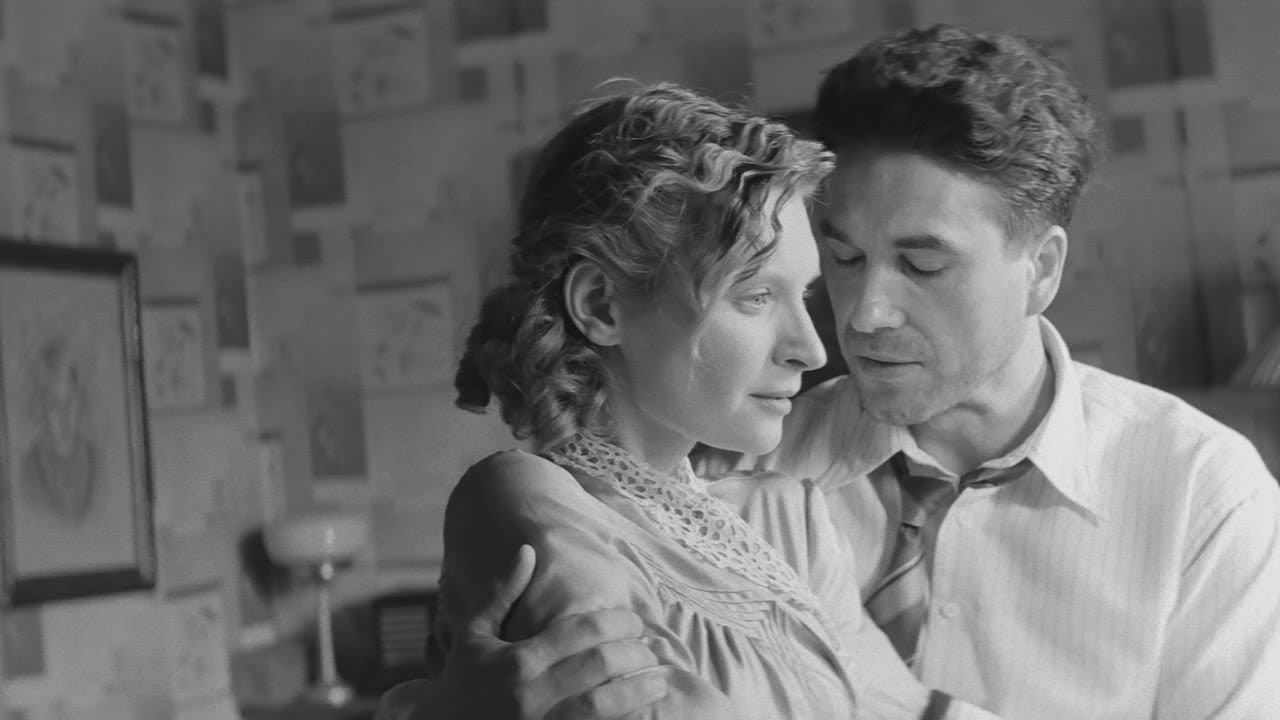
“Reverse” is an interesting and original black comedy, mostly set in the dark reality of the early 50s in Stalinist Poland. Sabina (Agata Buzek) is a shy, young woman, whose mother and meddling grandmother are trying to find her a husband. When a perfect candidate appears, he turns out to be a communist agent, which causes the women to radically change their behavior and attitude towards him.
Stylistically, the film strongly refers to the tradition of film noir, not only due to the time when it is set, featuring black-and-white cinematography, an intelligent script and a criminal background, but also because of Sabina, who’s character is a sort of a parody of the typical femme fatale. The great jazz soundtrack by Włodek Pawlik makes the film even more atmospheric.
13. Little Rose (2010)
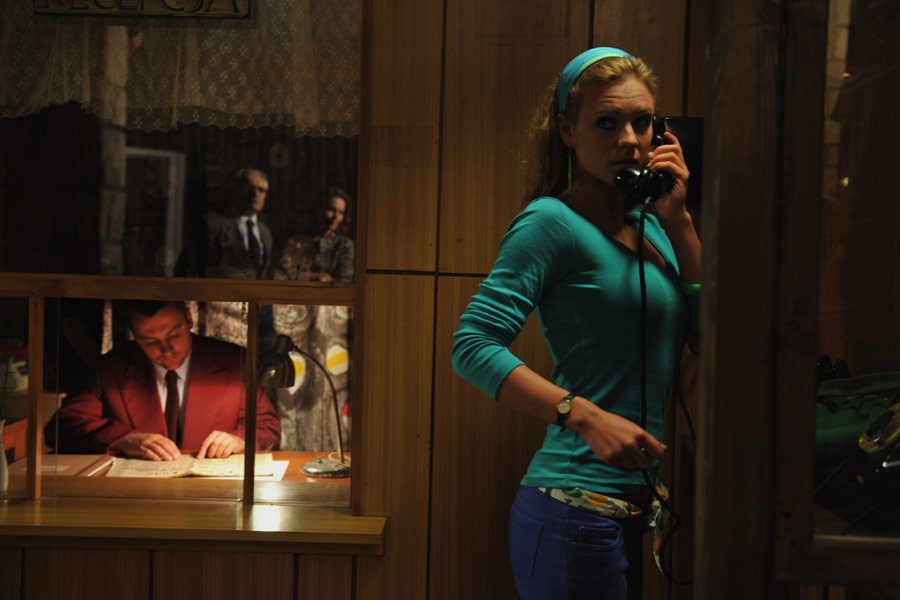
Jan Kidawa Błoński was able to make the kind of a film that isn’t easy to make: one that’s both for artistic awards and for wide audiences. The plot, set in communist Poland, revolves around a young woman and the lover of a communist official, who is assigned to infiltrate the world of a successful writer and intellectual. Initially distanced from this task, under his charm and gentility she starts to truly engage in a relationship with the writer.
However, this film is more than just a well-acted historical drama about the difficult times of infiltration and invigilation on the threshold of the 1968 Polish political crisis and anti-Semitic persecutions. It has great psychological value, presenting the social mechanisms allowed to maintain the system based on denunciation and distrust. At the same time, it shows how fragile the individuals are and how radically the perspective could be changed under a closer acquaintance with another person.
14. In Darkness (2011)
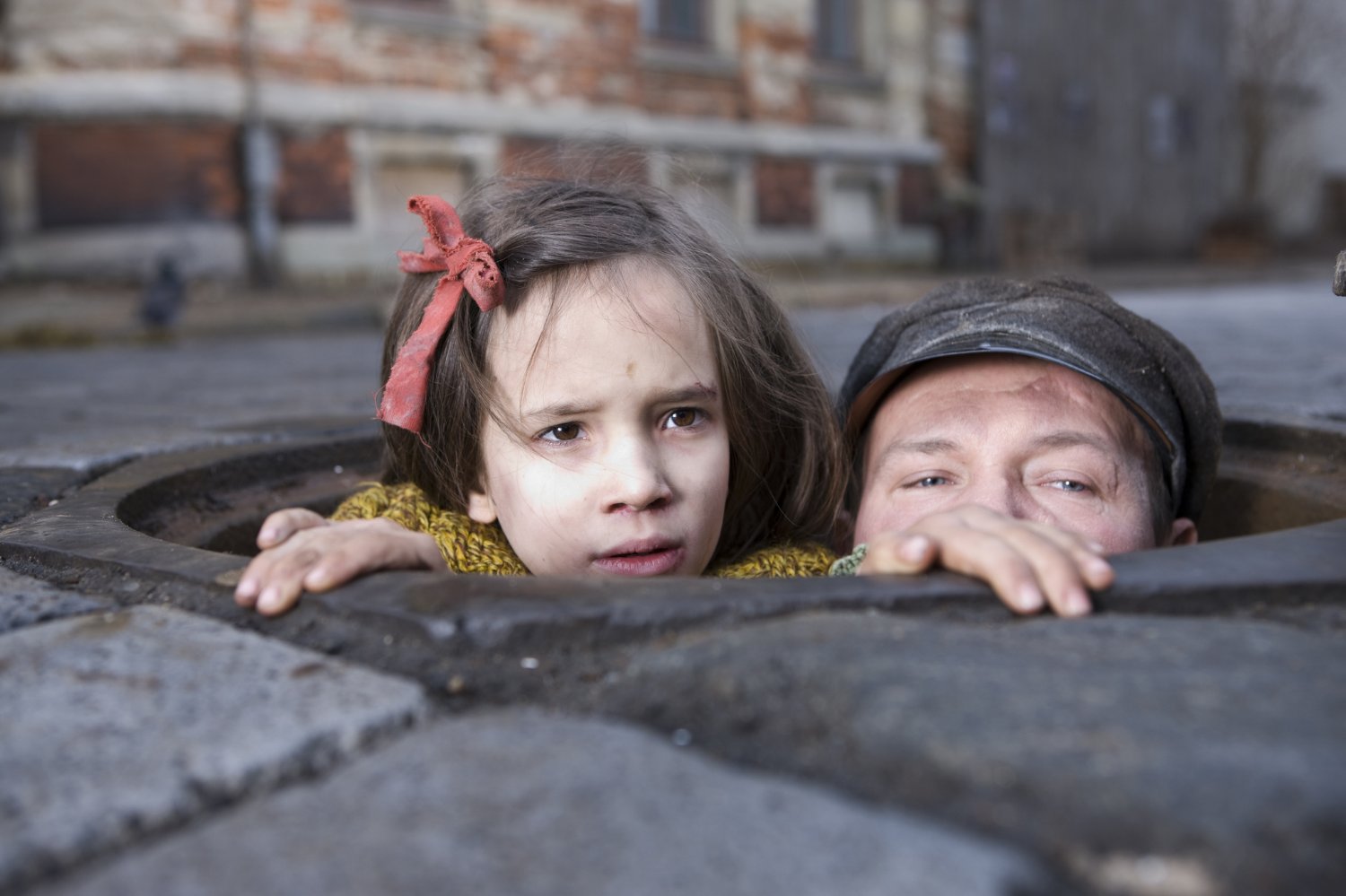
An Oscar-nominated film (in the same year as Asghar Farhadi’s “A Separation”, so despite its brilliance it was condemned to lose), “In Darkness” presents the story of Leopold, a small criminal who, during World War II, hides a group of Jewish refugees in the sewage system of the occupied city of Lviv, providing them with food and basic equipment. At first, he did it just for money they paid him; however, later, an emotional bond increases between Leopold and the refugees.
The story of Leopold is served as an example of numerous Poles during the WWII who, almost always risking their lives, were rescuing and hiding, sometimes through a few years, Jewish people.
Flawlessly directed by Agnieszka Holland, who is greatly experienced in making movies about the Holocaust (including Golden Globe winner “Europa, Europa” in 1990), “In Darkness” also has fantastic cinematography; the underground scenes are perfectly filmed, much like in the classic film “They Loved Life” (Kanał) by Andrzej Wajda, which is also set during World War II.
15. The Mill and The Cross (2011)
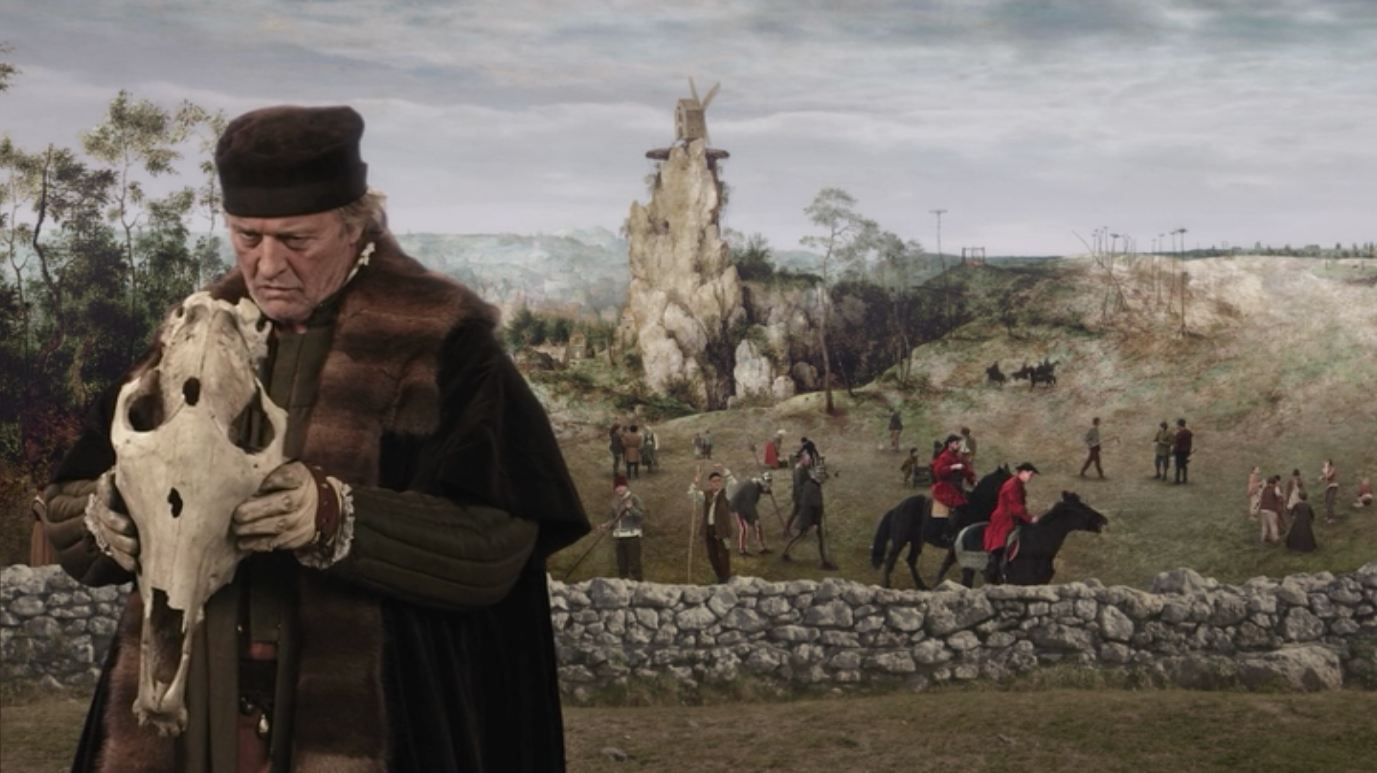
The quirky experiment not only compares to the other movies on this list, but in the film world in general. Director Lech Majewski undertook the brave task of translating Pieter Bruegel’s 1564 painting masterpiece “The Procession to Calvary”, into film language.
To map the painting in the most accurate and specific way possible, the entire process of composing and editing the frames took more than two years. The visual results are outstanding; depending on different scenes, some figures and landscapes are frozen, just like in the actual painting, while others are moving, and at the same time determining the pace of the action. Widely used in relatively small budgets, the CGI technology erased the boundaries between what’s painted and what’s filmed.
Although watching the entire film could be a challenge for some due to its experimental and rather unapproachable narration, it’s worth it to give it a try, at least to experience this daring idea of filming such a complex painting.
16. Rose (2011)
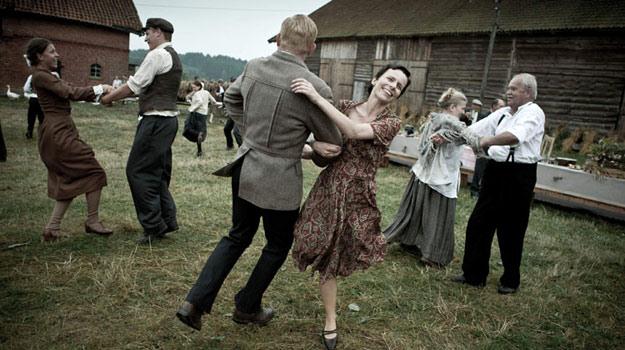
The history of World War II in Poland is quite widely known and often filmed both by Polish and international filmmakers. The case is different with films depicting the years just after the end of the war; those times still remain quite enigmatic and are not a popular film subject. Wojciech Smarzowski, a director who’s never afraid of difficult subject matters, decided to acquaint the wide public with the history of East Prussia, the land that was German before the war, and after the war, became the territory of Poland.
Rose is a woman who lost her husband (a German soldier) during the war. Living on her own in a land deprived of any rules or laws, she becomes an easy target for the Soviets, who treat conquered territories without any respect, stealing everything they can and raping the surviving women, especially the lonely ones. Tadeusz, a Polish soldier who lost everything and everyone during the war, finds a shelter in Rose’s house, while at the same time, protecting her against the attackers.
A minimalistic script and very few spoken words suit well to the extensive amount of cruelty, shown here without any artistic adornment. That makes this film raw, but also very naturalistic and honest. But above all, it’s mostly about love – love in extremely difficult times, between two devastated people who seemingly couldn’t feel anything more than pain and grief.
17. My Father’s Bike (2012)

In contrary to most of the works on this list that present either normal people in extreme times or the pathologies of contemporary society, this humble and optimistic film is an exception. It revolves around the son, father, and grandfather of a family, each living in different country, who meet for the first time after many years of trying to find the grandmother who suddenly left her husband for another man. Forced to spend time with each other, they occasionally renew their family bonds.
The key factor is the relationship between the men from three generations of the same family. Each one living his own life, far away from the rest and yet, in favorable circumstances are cut off from the world, they discover that they have much more in common than they’d thought, and they can selflessly unite to save the grandmother for their family.
It serves equally well both as a comedy and a drama, but despite its light and positive mood that is so different from majority of contemporary Polish films, “My Father’s Bike” can touch even the most cold-hearted person. Especially charming is Michał Urbaniak, a 69-year old famous jazz musician, whose first major role was in this film.